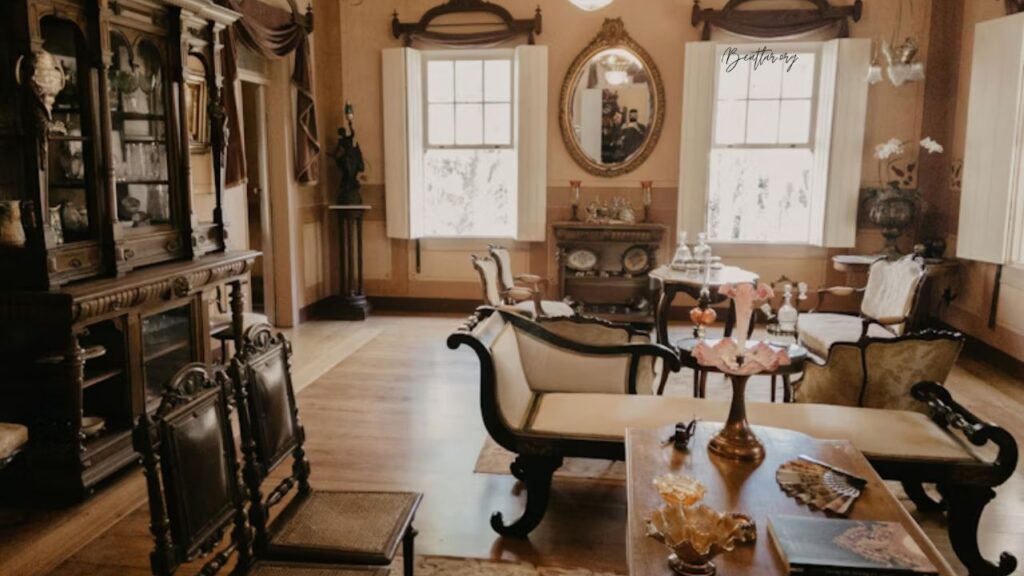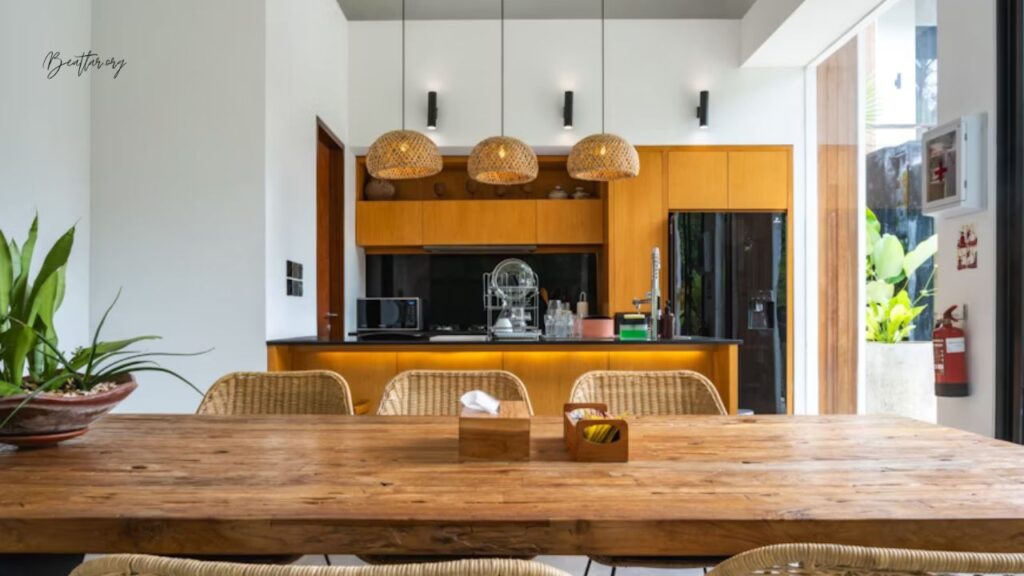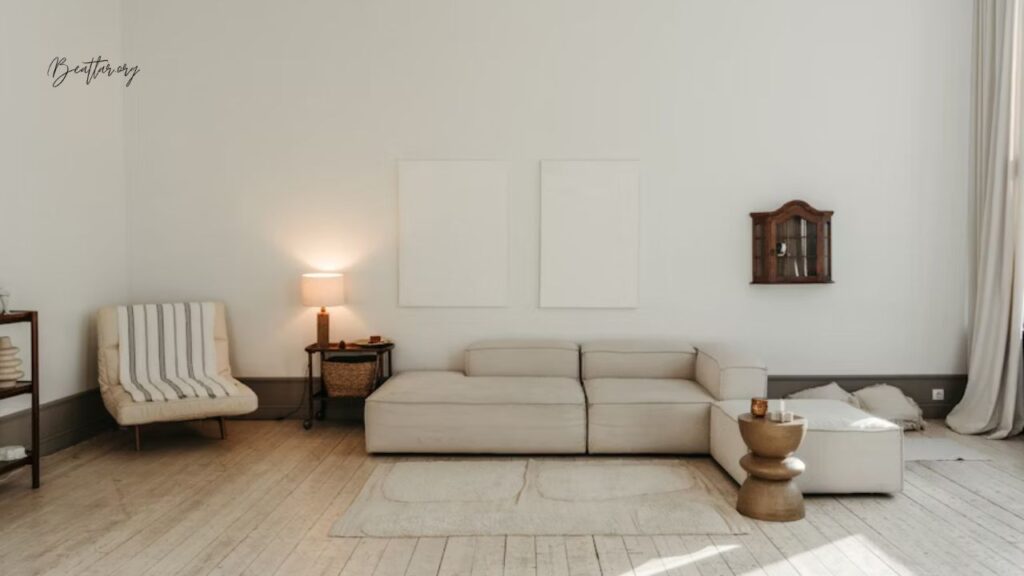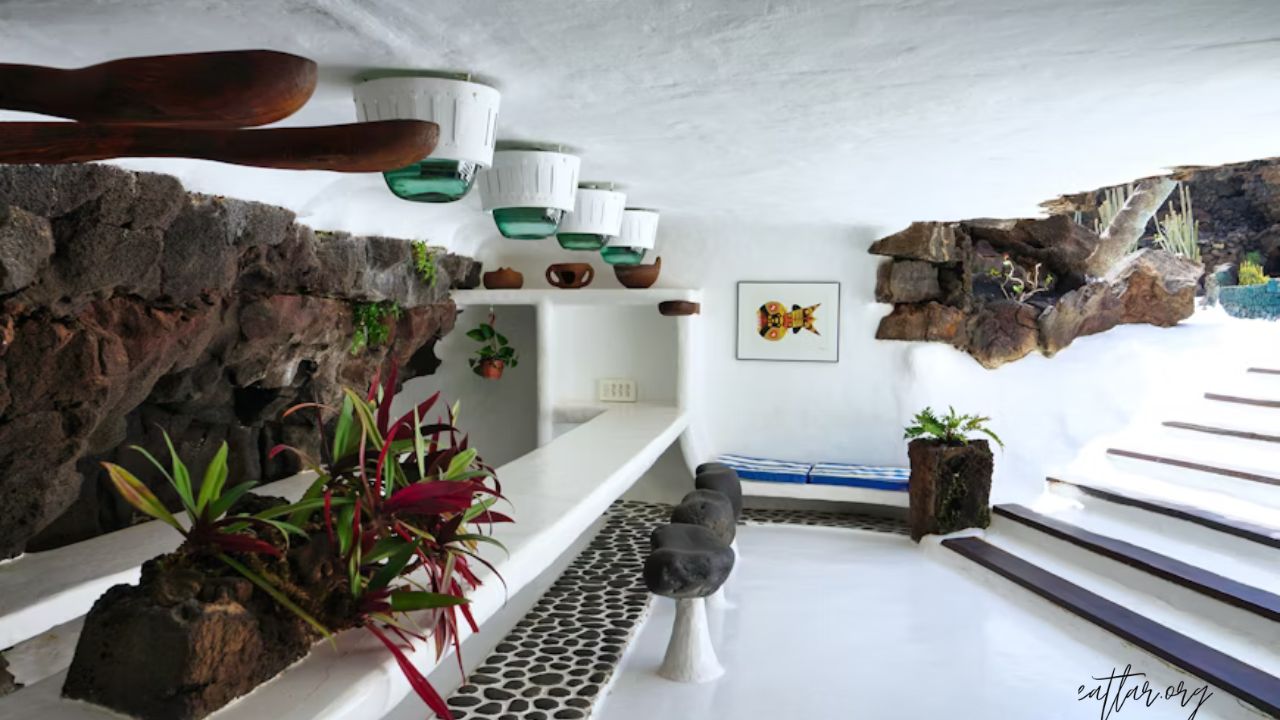Colonial home interior design has long been admired for its timeless elegance and charming simplicity. By blending classic details with modern functionality, this style remains a favorite among homeowners seeking sophistication. Whether you’re revamping your living space or building from scratch, this guide will help you create a colonial-inspired sanctuary that feels both traditional and livable.
Summary Table of Colonial Home Interior Design Features
| Feature | Description |
|---|---|
| Colors | Neutral tones, soft pastels, muted shades |
| Materials | Wood (oak, mahogany), brick, and stone |
| Furniture | Antique or vintage, solid wood frames |
| Focal Elements | Fireplaces, crown molding, wainscoting |
| Decorations | Artwork, vintage mirrors, candle holders |
| Lighting | Chandeliers, lantern-style fixtures |
What Defines the Colonial Home Interior?

Colonial home interior design draws inspiration from the architectural traditions of the 17th and 18th centuries. This style is a blend of European elegance and practical American craftsmanship. Here’s what makes it distinct:
Historical Roots
- Early colonial homes were built by settlers with limited resources, using available materials like wood and stone.
- Over time, diverse influences from English, Spanish, Dutch, and French settlers enriched this style.
Key Features
- Symmetry – Rooms, windows, and furniture are often symmetrically arranged.
- Natural Materials – Wood and stone dominate, emphasizing durability and beauty.
- Neutral Colors – Expect subtle palettes that include cream, beige, and soft pastel hues.
Real-Life Example
One homeowner in Massachusetts transformed her townhouse into a colonial haven by incorporating oak flooring, antique chairs, and a central brick fireplace. She noted that the shift created a warm, inviting ambiance for family gatherings.
*
Top Colonial Home Interior Design Ideas

1. Choose Timeless Colors
Colonial interiors thrive on neutral tones that provide a serene backdrop. Some popular choices include:
- Cream, ivory, and light gray for walls.
- Soft blues, greens, or earthy browns as accent hues.
- Dark mahogany for furniture or flooring.
Tip: Pair white walls with contrasting dark wooden beams for a striking effect.
2. Focus on Wooden Furniture
Substantial, carved wood furniture is a hallmark of colonial decor. Look for pieces crafted from oak, cherry, or mahogany.
Examples:
- Four-poster beds adorned with floral quilts.
- Ladder-back chairs paired with a sturdy trestle table in dining areas.
3. Highlight Architectural Details
Colonial homes are known for their charming craftsmanship. Incorporate details such as:
- Crown molding bordering your ceilings.
- Wainscoting running along your walls.
- Built-in shelves framing the fireplace.
4. Lighting Matters
Opt for traditional light fixtures to enhance authenticity:
- Lantern-inspired wall sconces.
- Chandeliers made of wrought iron or brass.
- Candelabra setups for dining and living rooms.
5. Decorate Thoughtfully
Accentuate your interiors with decor that feels nostalgic yet sophisticated:
- Artwork – Landscape prints or portraits in gilded frames.
- Rugs – Persian-style or braided area rugs to anchor spaces.
- Mirrors – Vintage mirrors with ornate wooden or metal frames.
User Review Insight:
“When I integrated colonial art into my living area, it completely transformed the vibe. Guests often compliment the calm yet classy atmosphere.” – Emily R., Verified Customer.
Combining Colonial Styles with Modern Living

While colonial home interiors are steeped in tradition, they can easily adapt to contemporary lifestyles. Here’s how:
Functional Design Overlays
- Open Concept Layouts – Combine the dining and living spaces, retaining colonial touches like crown molding to maintain character.
- Modern Appliances – Hide sleek kitchen equipment behind cabinet doors veneered to resemble traditional woodwork.
Sustainable Choices
Choose eco-friendly materials that align with colonial aesthetics, such as reclaimed wood for flooring or FSC-certified furniture.
Success Spotlight:
A Dallas homeowner seamlessly blended colonial charm with smart technology by installing hidden speakers in crown moldings and using smart thermostats concealed in vintage cabinets.
Personal Connection to the Colonial Style
For those with deep ties to history or a love for antiques, colonial design becomes more than aesthetics—it’s a reflection of identity. Many enthusiasts adopt this style to honor familial heritage or simply to evoke nostalgia for a bygone era.
A renowned interior designer, James Clifford, who specializes in colonial styles, attributes his passion to growing up in a 200-year-old Georgian house. His profound connection to the style is evident in every project.
(Placeholder for potential inclusion of net worth info about a public figure linked to colonial interior design—if applicable.)
Frequently Asked Questions (FAQs)
Q1. What are some affordable ways to achieve a colonial home interior look?
You can start by incorporating inexpensive features like wainscoting panels, vintage-inspired wall art, and second-hand wooden furniture.
Q2. Can modern homes adopt colonial design principles?
Absolutely! By integrating colonial-style molding, neutral palettes, and antique touches, even modern builds can embody the charm of colonial homes.
Q3. What’s the difference between colonial and Victorian interiors?
Colonial design is simpler, with an emphasis on natural materials and symmetry, while Victorian interiors are more ornate, with elaborate patterns and furnishings.
Q4. What flooring works best for colonial home interiors?
Hardwood floors, especially oak or pine, are ideal. You can enhance durability with area rugs in traditional patterns.
Q5. Are colonial interiors kid-friendly?
Yes! Opt for sturdy, easy-to-clean wooden furniture and washable area rugs to create a kid-proof space without compromising on style.
Colonial home interiors are an enduring choice, combining elegance with functionality. By drawing on historical details and blending them with modern essentials, you can create a space that’s as beautiful as it is practical. Start small—maybe with a colonial-inspired light fixture—and work your way up. Your dream home is just a few design choices away!
Admin Recommendations:
Brighten Your Space: Home Interior Design with White Elegance
Transform Your Space: Split Level Home Remodel Interior Ideas for Modern Living
Modern Tuscan Style Homes Interior: Design Tips & Inspiration
